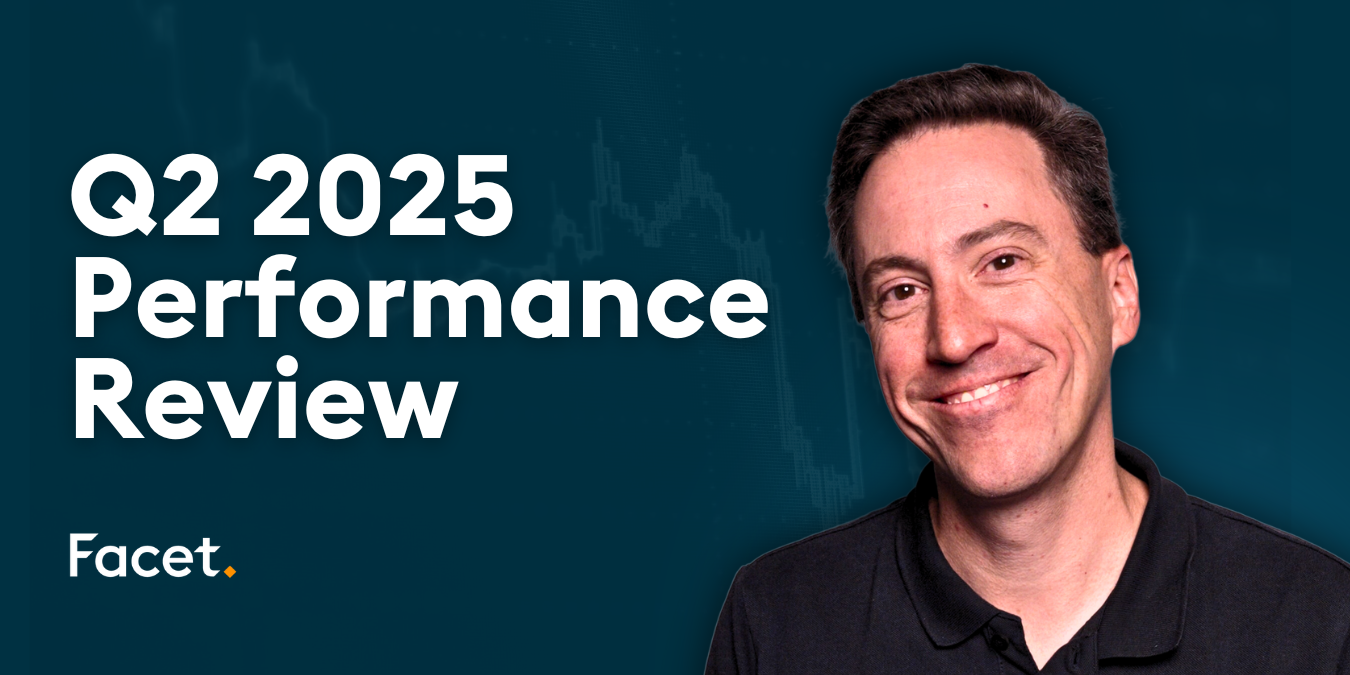
The information provided is based on the published date.
Key takeaways
- Allows you to borrow up to 50% of your vested 401(k) balance or $50,000, whichever is lower
- Loans are interest bearing, with interest paid back into the 401(k) account
- Can affect long term retirement savings growth
- Alternatives include building an emergency fund, and personal or home equity loans, among others
- Home down payments or medical expenses may be reasons to consider a 401(k) loan, but only with careful consideration to responsible repayment
Considering a 401(k) loan? If so, you must weigh the pros and cons first. While borrowing from your employer-sponsored retirement plan can offer quick access to funds, it can also affect your retirement savings.
This article breaks down the terms, limits, and financial impacts, providing a clear roadmap to help you decide if borrowing from your future is the right move.
How does a 401(k) loan work?
A 401(k) loan allows you to borrow funds from your retirement savings account at work. It’s like taking a personal loan, but instead of borrowing from a bank, you’re borrowing from yourself.
- There are limits to how much you can borrow and how long you have to repay the loan.
- Taking a loan from your 401(k) carries some risks, so it’s important to weigh all of your options before you make any moves.
Despite these considerations, a 401(k) loan may provide a source of liquidity for your short-term needs, offering a low-cost means of obtaining cash and manageable loan payments.
Loan limits and terms
The maximum amount you can borrow through a 401(k) loan is 50% of your vested retirement savings or $50,000, whichever is lower. If your vested account balance is below $10,000, you can still borrow up to that amount.
This allows you to access funds even if your balance is below the specified threshold. You generally need to repay the loan within five years. However, there’s no penalty for repaying the loan sooner than the scheduled term.
Accessing your funds
The process of applying for a 401(k) loan is straightforward. First, you need to ensure your plan allows it. If it does, you can submit a loan request to your plan administrator. After the loan request goes through, most plans will make a direct deposit to your bank account within a few days.
Repayment details
Typically, 401(k) loan repayments are made through payroll deductions. You have the option to speed up the loan repayment by increasing your regular payroll deductions. These payments are made using after-tax dollars.
The typical repayment period is five years, following an amortizing repayment schedule. However, most plans allow you to repay a 401(k) loan before the scheduled five-year term penalty-free.
The pros and cons of tapping your 401(k) early
Understanding the pros and cons is crucial before deciding to tap into your retirement funds early.
Advantages of borrowing your own money
One of the key advantages of a 401(k) loan is that you’re essentially borrowing from yourself. The average interest rate on a 401(k) loan is generally lower than other common loan types, typically the prime rate plus 1% to 2%.
401(k) loan advantages
- No credit check: No involvement with credit bureaus since the borrower is using their own retirement funds
- Not considered debt on a credit report
- No underwriting process: If your plan allows it, there is no approval process
Potential risks and downsides
Despite the advantages, a 401(k) loan is not without its risks. Some disadvantages include:
- Potential tax penalties
- Default risk
- Potential stunting retirement savings growth
If you default on the loan, the outstanding balance could be treated as a taxable distribution. Plus, if you’re under 59 ½ years old at the time of default, you may also be subject to a 10% federal tax penalty.
Financial implications of a 401(k) loan
Understanding the financial implications is vital when considering a 401(k) loan. The cost benefit of a 401(k) loan is determined by comparing the interest rate applied to a similar consumer loan with any potential investment earnings lost on the borrowed principal. Just remember, personal loans typically involve higher interest rates than 401(k) loans, resulting in a greater long-term cost.
Interest rates and payments
As previously mentioned, the standard interest rates for 401(k) loans are typically the prime interest rate plus 1% to 2%.
Example: If the prime rate is 8%, the interest rate on your 401(k) loan would be around 9% to 10%.
Repayments are facilitated through automatic payroll deductions, usually by payroll frequency. These deductions are taken from after-tax income and reinvested into the borrower’s 401(k) account.
Comparing costs with personal loans
When comparing the costs of a 401(k) loan with personal loans, it’s important to consider the interest rates and potential fees. A personal loan may have origination fees or prepayment penalties. These expenses are not usually associated with a 401(k) loan.
While 401(k) loans typically have lower interest rates and do not have the fees associated with personal loans (making them more cost-effective initially), it is crucial to consider the potential loss of investment earnings on the borrowed funds from your retirement account.
Navigating life events
Unexpected expenses can arise at any time due to life’s unpredictability. You may be able to use a 401(k) loan for various life events, such as purchasing a home, making mortgage payments, and dealing with medical emergencies.
However, while a 401(k) loan may seem like a good solution in the moment, it’s important to remember that you’re borrowing from your future and may end up paying more in the long run.
Home purchases and mortgage payments
One potential use of 401(k) loan funds is to purchase a house. Utilizing a 401(k) loan for a down payment on a house offers several potential advantages over a home equity loan:
- Borrowing from own savings without incurring external debt
- Not contributing to the borrower’s debt-to-income ratio
- No impact on credit score
- Paying interest back into your retirement account
Medical expenses and emergency fund shortfalls
A 401(k) loan can also be used to cover medical expenses, offering flexibility to individuals encountering unforeseen healthcare costs that may not be covered by insurance. However, it’s important to be cautious and consider the responsibilities of repaying the loan and the potential effects on your retirement savings.
Alternatives to a 401(k) Loan
Considering other alternatives is critical before deciding on a 401(k) loan. These can include building an emergency fund and exploring lines of credit. By considering these alternatives, you can mitigate the potential risks linked with a 401(k) loan and safeguard your retirement savings for the future.
Building an emergency fund
Establishing an emergency savings account can contribute to enhancing your financial stability by:
- Offering a financial buffer in situations involving unforeseen expenses or emergencies
- Decreasing the dependence on debt
- Assisting in maintaining financial stability during difficult circumstances.
Exploring lines of credit and other loan options
You could consider other loan options as alternatives to a 401(k) loan. For instance, personal loans provide more convenient repayment terms than 401(k) loans, and home equity loans may offer lower interest rates.
Related: What is a home equity line of credit (HELOC), and how does it work?
How can a 401(k) loan impact my retirement?
Obtaining a 401(k) loan can affect the progression of your retirement plan in the following ways:
- It decreases the amount of money saved for retirement.
- It potentially hinders additional contributions to the fund while the loan is unsettled.
- Every dollar borrowed is one less potentially earning an investment return.
(You must weigh these (potential) missed returns against the low interest rate you’re getting for self-lending.)
Preserving your retirement plan progress
Consider the following methods to maintain the progress of your retirement plan when taking out a 401(k) loan:
- Repay the loan with interest to potentially exceed lost investment earnings.
- Utilize the loan for home improvements to enhance the value of your property.
- Continue to make regular 401(k) contributions during the repayment period.
Tax considerations
Having a 401(k) loan balance when retiring or leaving a job has similar tax implications as receiving a distribution, which is subject to taxation at your effective tax bracket rate.
Moreover, if you are under the age of 59 ½, a 10% penalty is imposed. It’s also worth noting the occurrence of double taxation on 401(k) loan interest. Thus, paying your taxes on time is essential to avoid any financial complications.
Final word
A 401(k) loan can be a viable option for short-term financial needs, but it’s important to consider the potential impact on your retirement savings. Remember, you’re not just borrowing from your 401(k) but also from your future.
Do you have a trusted guide to walk you through all of your options?
Schedule a free introductory call today, and get the guidance you deserve.
Facet
Facet Wealth, Inc. (“Facet”) is an SEC registered investment adviser headquartered in Baltimore, Maryland. This is not an offer to sell securities or the solicitation of an offer to purchase securities. This is not investment, financial, legal, or tax advice. Past performance is not a guarantee of future performance.


